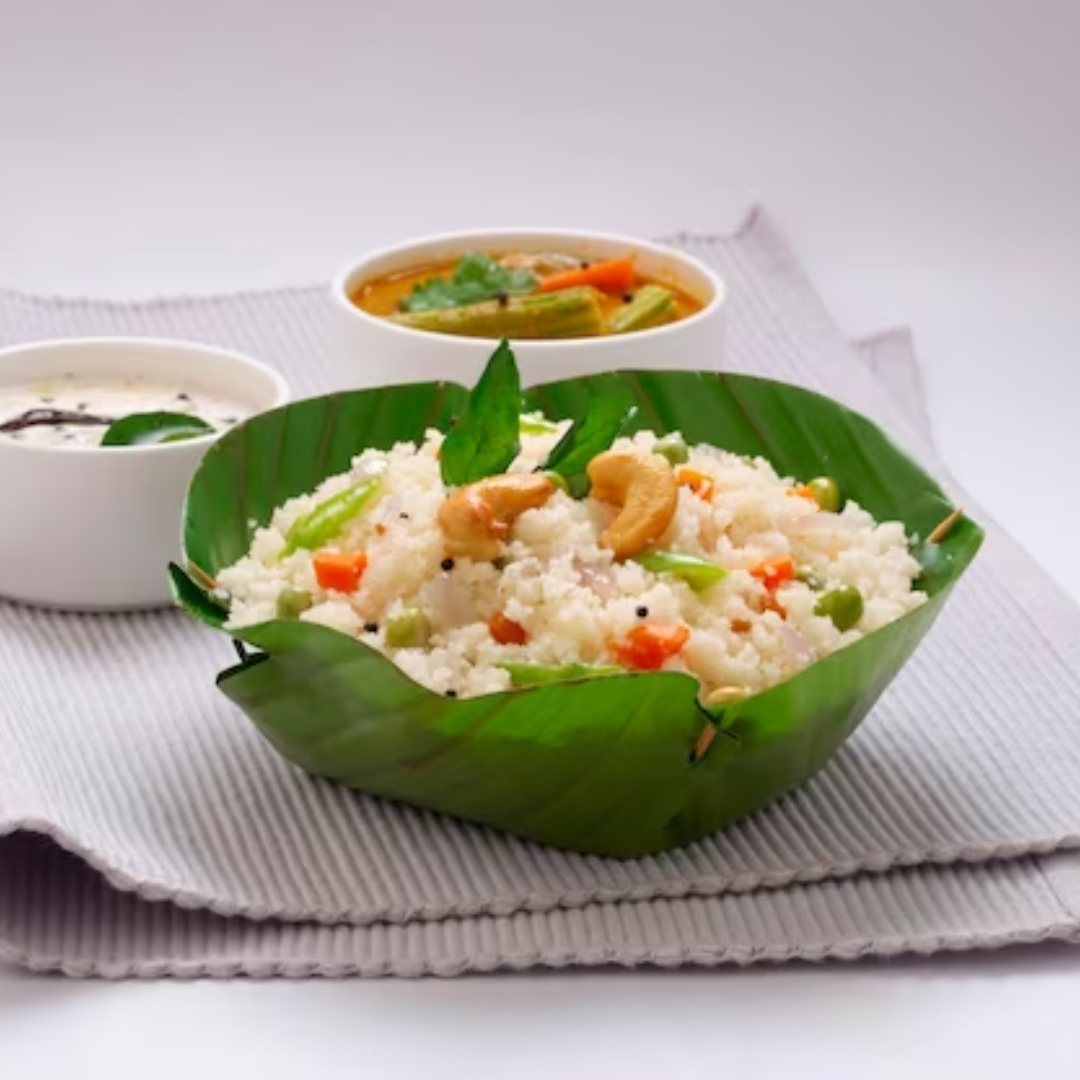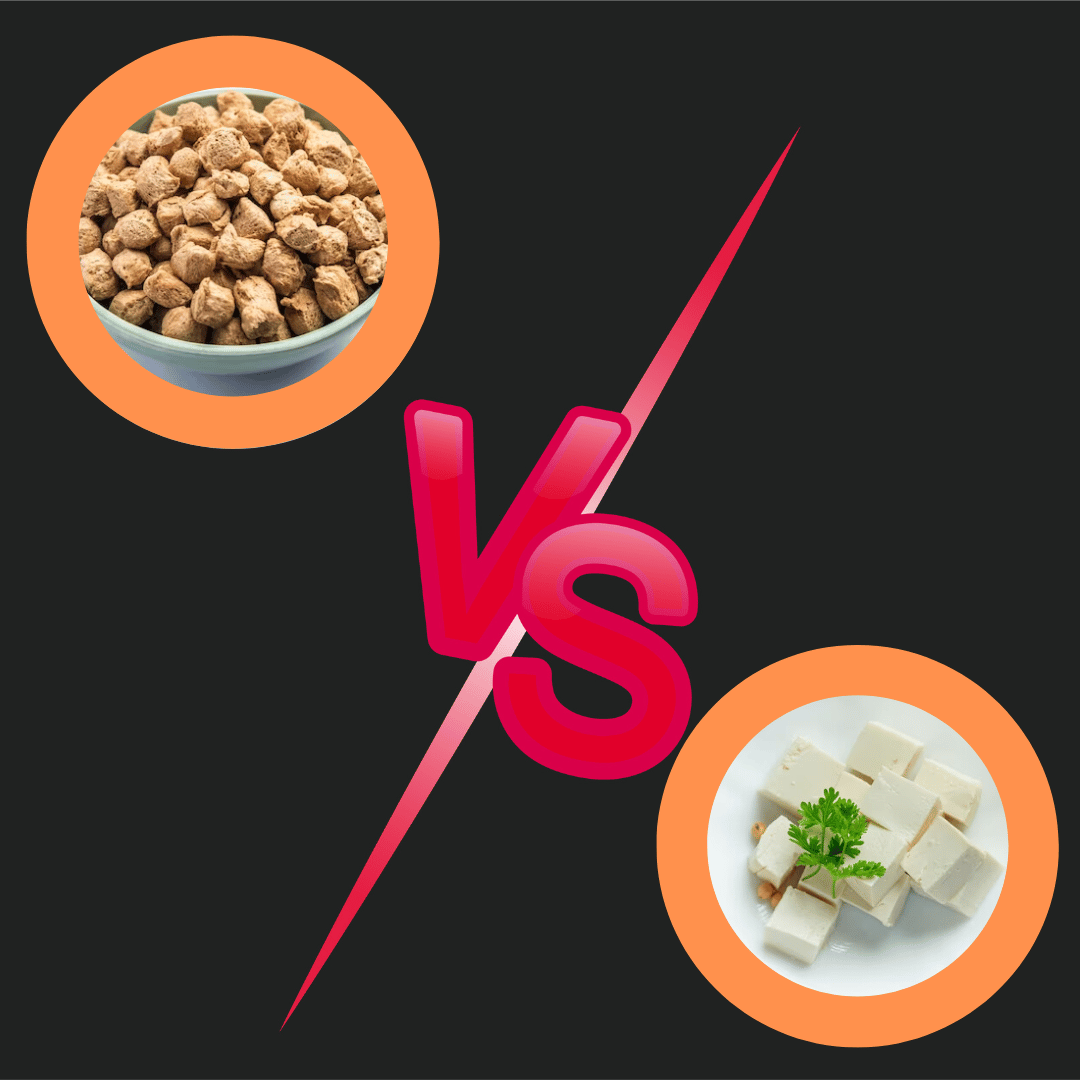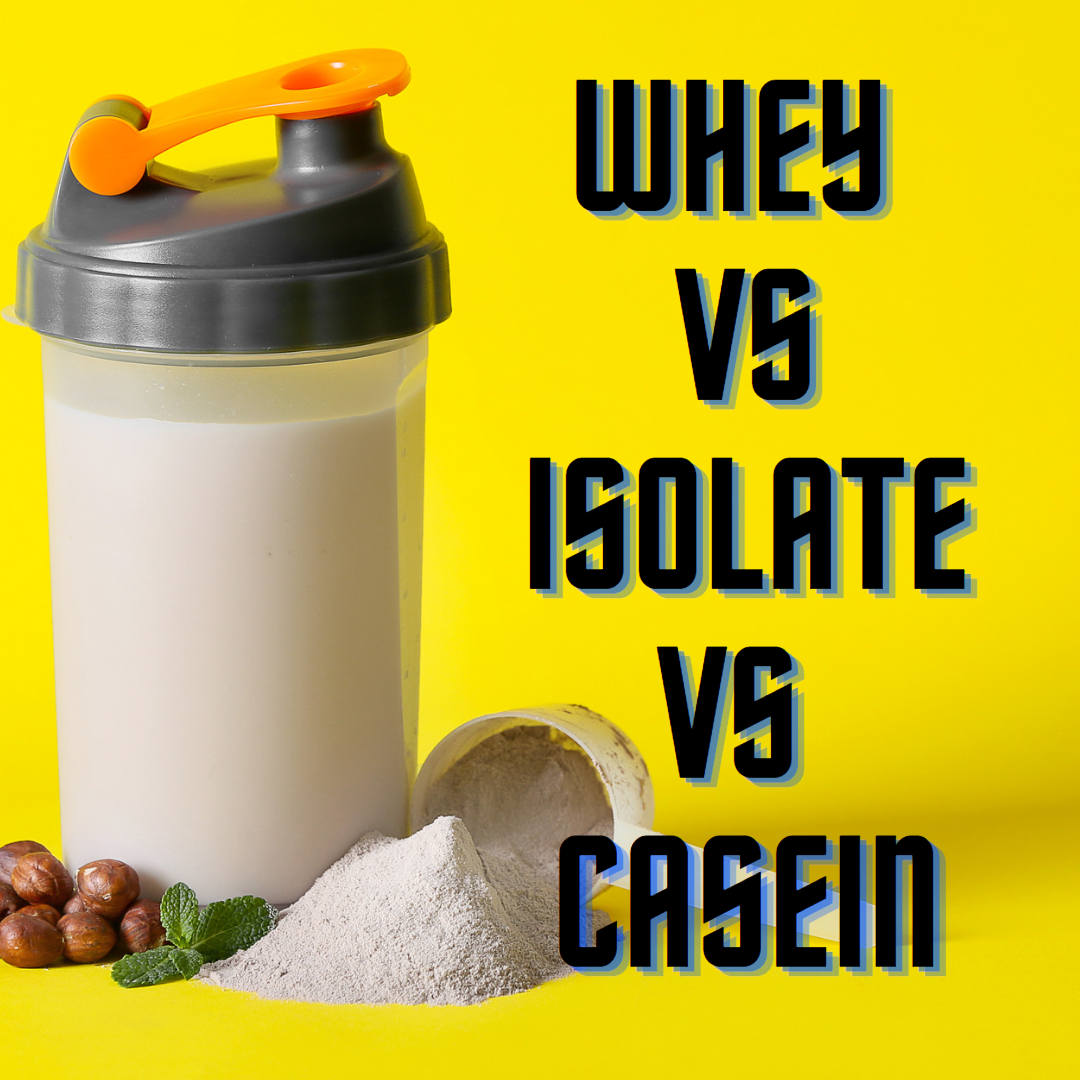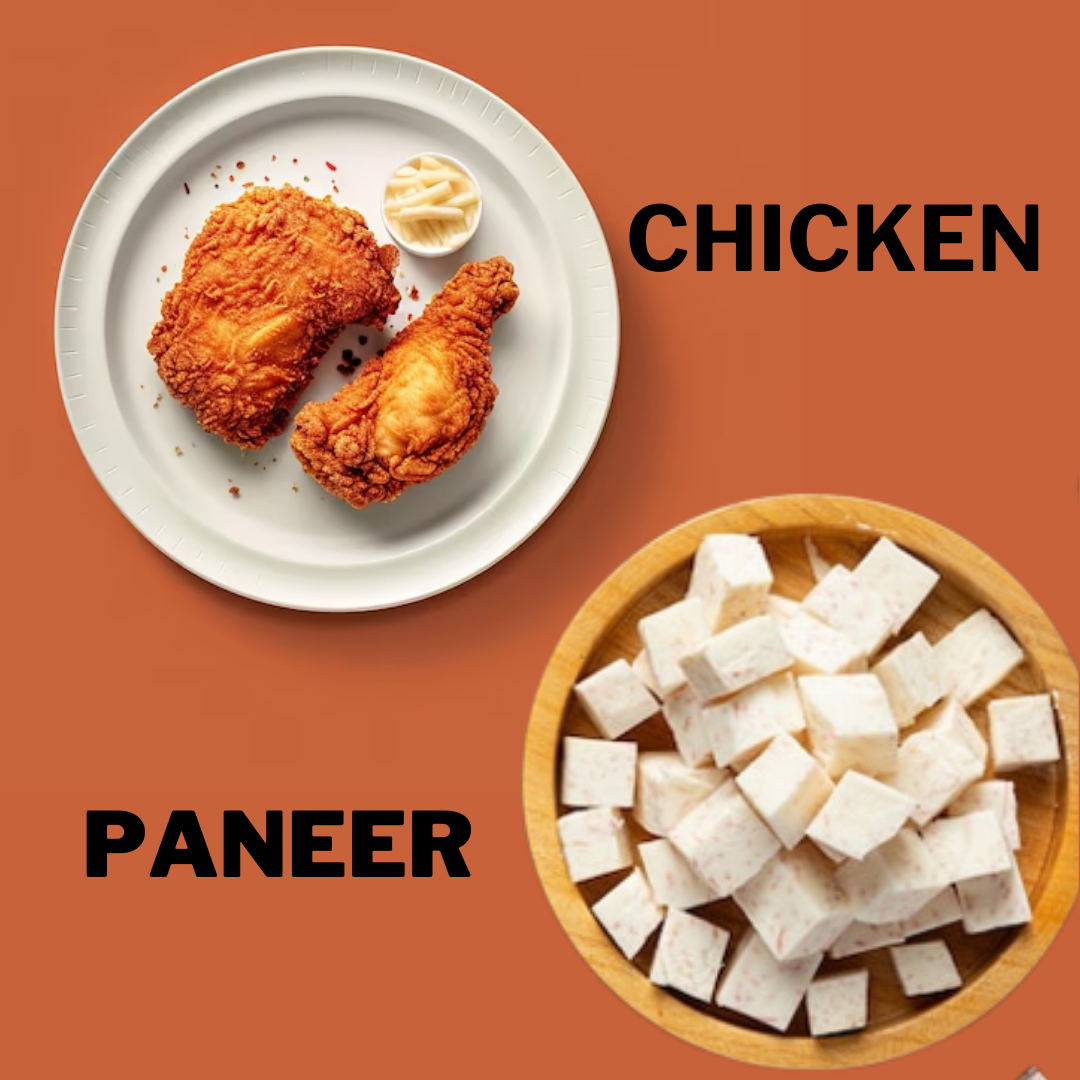The Nutritional Content of Upma Decoded

When discussing popular Indian breakfast dishes, one can’t overlook the comforting and delicious upma. A delicacy that has won hearts globally, this savory semolina pudding boasts not only its delightful taste but also its nutritious profile. But, in the modern age where health consciousness is at its peak, a recurring question arises – “What’s the count of Calories in Upma?”
Picture this: You’re settled on your dining table, a warm, steamy bowl of upma in front of you. The aroma is inviting, and as you take that first spoonful, its taste dances on your palate, a blend of spices, soft semolina, and the crunch of veggies. But amid this culinary experience, a thought pops up, almost interrupting your meal. How many calories are you ingesting with each bite? The delightful mix of flavors is so captivating that one tends to forget the caloric implications of the dish.
The emphasis on counting calories has become increasingly prevalent in today’s health-driven society. As people become more aware of their dietary choices, understanding the nutritional breakdown of meals becomes imperative. And it’s not just about weight management. Knowing the caloric content is about comprehending the energy derived from food. So, when that familiar craving for a sumptuous bowl of upma strikes, it’s only natural to wonder about the Calories in Upma.

Calories in Upma
Yet, what’s fascinating is that upma, when consumed in moderation and made with the right ingredients, can be a healthy addition to your diet. It’s not just about the calories; it’s also about the vitamins, minerals, and dietary fiber it offers.
Also, read Whey Protein and Hair Health: Unveiling the Truth Behind Healthy Tresses
In essence, the next time the scent of freshly made upma wafts through your home, and you find yourself pondering about its caloric content, remember that it’s not just about the numbers. It’s about relishing a dish that’s rich in culture, flavor, and nutrition. So, the Calories in Upma? It’s a small part of a much bigger, delicious story.
Introduction to Upma: A Staple Breakfast Dish

Upma: A Staple Breakfast Dish
Every culture boasts of a signature breakfast dish that defines its morning culinary landscape, and for India, one of those dishes is Upma. Comforting, savory, and incredibly versatile, upma often plays the role of the quintessential breakfast star in numerous Indian households.
Upma, in its essence, is like receiving a warm embrace on a cold morning. It’s that cozy comfort food that not only tantalizes your taste buds but also ensures you kick-start your day on a nourishing note.
Origins of Upma

Origins of Upma
Delving into the history and origin of upma, this dish traces its roots back to South India. However, its fame isn’t confined to this region alone. Over the years, upma has traveled, evolved, and made a place for itself in various corners of the world. The basic rendition of upma involves semolina or ‘rava’ cooked with a tempering of mustard seeds, lentils, and curry leaves. To this, a medley of vegetables and aromatic spices is added, and sometimes, for an extra touch of richness, a sprinkling of roasted nuts. The result? A fluffy, flavorful dish that promises a wholesome beginning to your morning. Most diet plans incorporate the moderate calories in Upma.
Nutritional Benefits of Upma

Nutritional Benefits of Upma
While its hearty taste is undeniable, upma isn’t just about flavor. It’s a powerhouse of nutrition. The hero of this dish, semolina, is inherently laden with protein, vital for muscle building and repair. Additionally, it’s a good source of B vitamins, crucial for energy production in the body. The dietary fiber present aids in digestion and promotes a feeling of fullness, keeping those mid-morning hunger pangs at bay. It’s essential to differentiate between plain and vegetable Upma when counting the calories in Upma.
What makes upma even more commendable nutritionally is the addition of vegetables. Whether it’s the crunch of bell peppers, the sweetness of carrots, or the vibrant peas, these veggies not only add color and texture but infuse the dish with vitamins and minerals. Each spoonful then becomes a balanced bite – offering carbs, protein, fiber, and essential micronutrients. Many prefer it as a breakfast option due to the balanced calories in Upma.
Upma isn’t just a dish; it’s a delightful blend of culture, taste, and nutrition. And while the calories in Upma might be a point of curiosity for some, its broad spectrum of health benefits makes it a worthy breakfast contender.
Also, read Upgrade Your Breakfast Game with Whey Protein Upma
Diving Deep: Caloric Value of Upma

Diving Deep: Caloric Value of Upma
Upma, a dish loved by many, holds more than just an explosion of flavors. It carries with it a unique caloric composition that can be dissected and understood in multiple ways. To comprehend the full spectrum of the calories in upma, it’s essential to take a closer look at its ingredients and preparation style.
Factors Affecting the Caloric Count

Factors Affecting the Caloric Count
Every dish’s nutritional profile is like a puzzle, and each ingredient acts as a piece of this puzzle. With upma, several elements come into play.
- Oil or Fat Used: The choice and quantity of fat used in cooking upma are paramount. While a tablespoon of sunflower oil might add about 120 calories, the same amount of ghee could contribute nearly 130 calories. This might seem trivial, but when considering large quantities, the numbers stack up.
- Vegetables: Incorporating an array of veggies like carrots, peas, or bell peppers not only amplifies its taste but also introduces additional calories. However, these are ‘good’ calories, brimming with nutrients. One can add more vegetables to further enhance the nutritional value without drastically increasing the calories in Upma.
- Add-Ons: Some love tossing in cashews or peanuts for that added crunch, while others might fancy a spoonful of coconut. Though delightful, these can be calorie-dense.
- Seasoning: While most spices used in upma are low in calories, some like coconut or tamarind paste might slightly up the caloric ante.
Serving Size Matters

Serving Size Matters
Now, knowing the caloric implications of each ingredient is only half the battle. The portion size is the other crucial half. A modest serving of upma, approximately a cup, hovers around the 250-300 calorie mark. But here’s the catch – this number is malleable. Relish a more generous portion, sprinkle extra nuts, or drench it in ghee, and the calorie count will ascend. Nutrition labels can provide a clearer understanding of the calories in Upma.
While the base caloric value of upma is reasonably consistent, the final number on your plate is a culmination of your choices – the ingredients, the add-ons, and, most importantly, the portion size. So, next time you’re relishing a bowl of upma, you’ll have a clearer picture of its caloric landscape. A common misconception is underestimating the calories in Upma.
Also, read Whey Protein vs Casein Protein: The Big Question?
Nutrition Chart of Upma (per 100 grams)
| Calories | 190 kcal |
| Total Fat | 3.5g Saturated Fat: 0.7g Trans Fat: 0g |
| Cholesterol | 0mg |
| Sodium | 7mg |
| Total Carbohydrates | 35g Dietary Fiber: 1g Sugars: 1g |
| Vitamin D | 0% |
| Calcium | 10mg |
| Iron | 1.4mg |
| Potassium | 70mg |
How to Compare Calories in Upma vs. Other Breakfast Foods

Calories in Upma vs. Other Breakfast Foods
Breakfast is often hailed as the most important meal of the day. From cereals to toasts, there’s a vast menu of breakfast dishes we all oscillate between. But how does our beloved upma fare when juxtaposed against some of these breakfast giants? Let’s delve into a comparative analysis. Weight loss programs might recommend portion control, even with meals having moderate calories in Upma.
Calories in Upma vs. Cereal


Cereals, especially in Western cultures, are a go-to breakfast option. Quick, convenient, and often delicious when paired with milk or yogurt. But their nutritional value can be a mixed bag.
- Calories: While a serving of plain cornflakes might hover around 100-150 calories, those granola clusters or sugary cereals can skyrocket to 500 calories per serving.
- Nutrition: Many cereals, particularly those loaded with sugars and artificial flavors, might lack essential nutrients. Upma, on the contrary, provides a combination of protein, fiber, and a medley of vitamins and minerals, especially when enriched with vegetables.
- Satiation: The complex carbohydrates in upma have a low glycemic index, ensuring prolonged energy release and keeping you full for longer. Some cereals, especially those high in sugars, can lead to rapid spikes in blood sugar, resulting in quicker hunger pangs.
Calories in Upma vs. Toast with Butter


The crispiness of toast complemented by the melt-in-mouth sensation of butter is undeniably appealing. But how does it stand when put side-by-side with upma? Fitness enthusiasts often incorporate the dish, taking into account the calories in Upma.
- Calories: Two slices of white bread toast with butter can vary between 250-350 calories. The caloric content largely depends on the thickness of the bread and the generosity of the butter spread.
- Nutrition: While toast offers carbohydrates, it might fall short in providing a rounded nutritional profile. Upma, with its proteins, fibers, and assortment of veggies, paints a more colorful nutritional canvas.
- Versatility: Both dishes offer versatility. While you can top your toast with avocado, eggs, or veggies, upma too can be tailored with various ingredients to enhance its nutritional value.
While each breakfast dish has its merits, upma stands out as a wholesome, nutritious option. It’s not just about the calories in upma; it’s about the comprehensive nutrition it delivers, making it a formidable breakfast contender. When evaluating traditional breakfasts, many nutritionists appreciate the calories in Upma.
Also, read Whey Protein vs Casein Protein: The Big Question?
How Upma Compares to Other Breakfast Foods: A Further Examination
When evaluating the nutritional merits and demerits of various breakfast choices, one can’t help but be curious about the position upma holds amidst these contenders. While the initial analysis provides a comparative overview of upma against cereals and toast, there are other factors and breakfast options worth considering. It’s always recommended to check the ingredients list to get an accurate count of the calories in Upma.
Calories in Upma vs. Eggs


Eggs, commonly revered as the “breakfast of champions,” offer a protein-packed start to the day.
- Calories: A boiled egg contains roughly 68 calories, while a scrambled or fried egg might have slightly more due to added fats. Compared to the 250-300 calorie range of a standard upma serving, eggs might seem lower in calories.
- Nutrition: Eggs are rich in protein and essential fatty acids. However, upma brings to the table not just protein, but also a mix of carbs, dietary fibers, and vitamins, especially when combined with a variety of vegetables.
- Versatility: While eggs can be prepared in numerous ways – boiled, scrambled, poached – upma, too, has different regional and ingredient variations to keep the breakfast routine fresh.
Calories in Upma vs. Oatmeal


Another breakfast staple, oatmeal, known for its heart-health benefits, makes for an interesting comparison.
- Calories: A serving of plain oatmeal ranges between 150-200 calories. The final number can vary based on toppings like fruits, nuts, or sweeteners. In terms of calories, it’s somewhat closer to upma, depending on preparation.
- Nutrition: Oats are rich in fibers, specifically beta-glucans, which are beneficial for heart health. Upma, while having dietary fiber, adds a plethora of other nutrients, courtesy of its varied ingredients.
- Texture & Taste: Both dishes have a comforting, creamy texture, but upma stands out with its savory profile, a departure from the typically sweet oatmeal preparations.
Concluding Thoughts
As we explore the vast universe of breakfast foods, it’s evident that each option has its unique charm, nutritional benefits, and taste profile. Upma, with its heartwarming taste and nutrient-rich composition, certainly deserves its spot in the Breakfast Hall of fame. It’s not just a matter of counting the calories; it’s about embracing a dish that offers both taste and health, wrapped in a tradition of culinary excellence. For those counting macros, it’s essential to factor in the calories in Upma.
Also, read Whey Protein Isolate vs Concentrate? Which One is Good?
Making Low-Calorie Upma at Home: A Healthy Twist on a Classic

Making Low-Calorie Upma at Home: A Healthy Twist on a Classic
Embarking on a health journey or just aiming to manage your daily calorie intake? Upma can still be a part of your diet but with a few tweaks. Here’s how to prepare a low-calorie yet delicious version of this beloved dish. Some people might be surprised to find out the actual calories in Upma.
Ingredients to Include
- Semolina (Rava): Being the primary ingredient of upma, it’s hard to omit this. However, the trick lies in portion control. Measure your rava to ensure you’re not going overboard, and roast it without oil to maintain the low-calorie goal. Semolina, the main ingredient, plays a significant role in determining the calories in Upma.
- Vegetables: The beauty of upma is its versatility. Amp up the volume and nutrition by adding an array of colorful veggies. Think carrots for a hint of sweetness, green beans for a crunch, and peas for a burst of green. These not only make the dish visually appealing but also contribute to the feeling of fullness without adding significant calories. Health-conscious diners often opt for this dish due to the reasonable calories in Upma.
- Spices: Who said low-calorie has to be bland? Mustard seeds pop delightfully when tempered, curry leaves infuse a fragrant aroma, and green chilies provide a spicy kick. These spices jazz up the upma without adding to your calorie worries.
Ingredients to Avoid
- Excess Oil or Ghee: While traditional recipes might be generous with these, you might want to tread lightly. Use a non-stick pan to reduce the amount of oil needed for tempering. If you’re using ghee, a little goes a long way. Remember, it’s about flavor, not drenching.
- Rich Nuts: Cashews and peanuts, though commonly used in upma for that nutty crunch, are calorie-dense. If you can’t resist them, consider using them as a garnish rather than a main ingredient. Alternatively, opt for chia seeds or flax seeds that provide a crunch with added health benefits and fewer calories.
With these modifications, your upma will be both waistline-friendly and palate-pleasing. It’s proof that with a bit of creativity, you can enjoy traditional dishes without compromising on health. So, the next time you find yourself pondering about the calories in upma, remember, that you hold the power to control them! One shouldn’t assume all South Indian dishes are the same, especially when considering the calories in Upma.
The Healthier Upma Choice: Smart Tips for a Nutritious Dish
For many, upma is more than just a breakfast dish; it’s a memory, a comforting embrace to start the day. But as health and nutrition come into sharper focus, how can we ensure that this beloved dish aligns with our wellness goals? Here are some insightful tips to make your upma both delicious and nutritious. Cooking at home allows better control over the calories in Upma.
Choose Olive Oil, Over Ghee
While ghee has its own set of health benefits, including aiding digestion and enhancing skin health, it is calorie-dense. If you’re watching your caloric intake or seeking a heart-healthier fat, olive oil is a great alternative. Cooking methods, especially the amount of oil or ghee used, can alter the calories in Upma.
- Why Olive Oil? Olive oil is a central component of the Mediterranean diet, often hailed as one of the healthiest diets globally. It’s packed with antioxidants and anti-inflammatory properties, making it an excellent choice for overall health.
Mind the Portion Sizes
It’s easy to lose track of how much you’re eating, especially when the dish is as delightful as upma. Toppings and add-ins can increase the dish’s nutritional value, but they also add to the calories in Upma.
- Use a Measuring Cup: When preparing upma, use a measuring cup for the semolina and water to ensure consistent portions. This also helps in calculating your calorie intake more accurately.
- Serve in Bowls: Instead of a large serving dish, use individual bowls for serving. It not only controls portion sizes but also makes the dining experience more personal and enjoyable.
Balance Your Daily Intake

Balance Your Daily Intake
Remember, it’s all about balance. If you’ve indulged in a slightly richer version of upma one day, adjust your meals for the rest of the day to maintain a nutritional equilibrium. When paired with a protein source, it’s crucial to combine their calories with the calories in Upma for a complete count.
- Pair with Protein: If upma is your breakfast, consider pairing it with a side of protein like yogurt or eggs. This ensures a balanced meal and keeps you fuller for longer.
- Stay Hydrated: Drink plenty of water throughout the day. Not only does it aid digestion, but it also helps you distinguish between hunger and thirst, preventing overeating.
While these tips provide a roadmap to a healthier upma, remember that occasional indulgence is perfectly okay. After all, food is not just about nourishment but also about pleasure, memories, and culture. It’s about making informed choices rather than restrictive ones. So the next time you’re savoring that bowl of upma, relish in the knowledge that with a few smart tweaks, you can enjoy tradition and health hand in hand. Despite its savory taste, many dietitians value the controlled calories in Upma.
Also, read 6 Result-Oriented Pocket-Friendly Whey Proteins
The Surprising Truth about Calories in Upma

The Surprising Truth about Calories in Upma
Upma, a humble dish that has its roots deeply embedded in Indian culinary traditions, often comes under the scanner for its nutritional profile. But, when it comes to the calories in upma, there’s a revelation awaiting many. While adding nuts and seeds can enhance flavor and nutrition, they will also increase the calories in Upma.
The Caloric Breakdown
While it’s a common assumption that upma might be heavy on the calorie side, the truth is more nuanced. The core ingredients—semolina and vegetables—are wholesome choices. It’s the additional elements, like ghee or certain nuts, that might tip the caloric scale. However, even then, compared to many other breakfast options, upma offers a blend of slow-releasing carbohydrates, essential vitamins, and dietary fiber, making it a balanced choice.
Taste Meets Nutrition
One of the standout features of upma is its ability to seamlessly merge taste with nutrition. Those mustard seeds, curry leaves, and dashes of spices don’t just elevate the flavor but also pack a nutritional punch. When combined with the protein-rich semolina and the mineral-rich vegetables, what you get is a dish that pleases the palate and nourishes the body.
Moderation: The Golden Rule
As with any dish, bingeing is never the answer. The beauty of upma lies in enjoying it in moderation. A well-measured serving, complemented by a side of protein or fresh fruit, can be a part of a balanced diet. Overdoing it, especially with the richer versions of upma, can, of course, have implications on one’s caloric intake.
Upma’s caloric count may or may not surprise you, but the broader picture is this: it’s a dish that embodies balance. It brings together grains, vegetables, and flavors in a symphony of culinary delight. So, the next time you’re greeted with the aromatic wafts of freshly cooked upma, dive in, relishing the warmth, taste, and nutrition it offers. After all, food isn’t just about counting calories—it’s about celebrating culture, taste, and the joys of eating.
- Water Intake Calculator: Everything You Need to Know - September 7, 2024
- 5 Weight Gain Drink Recipes for Healthy Bulking - March 29, 2024
- High-Calorie Banana Shake for Weight Gain - March 27, 2024









